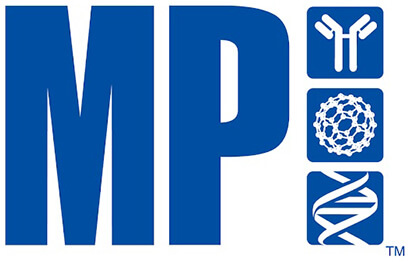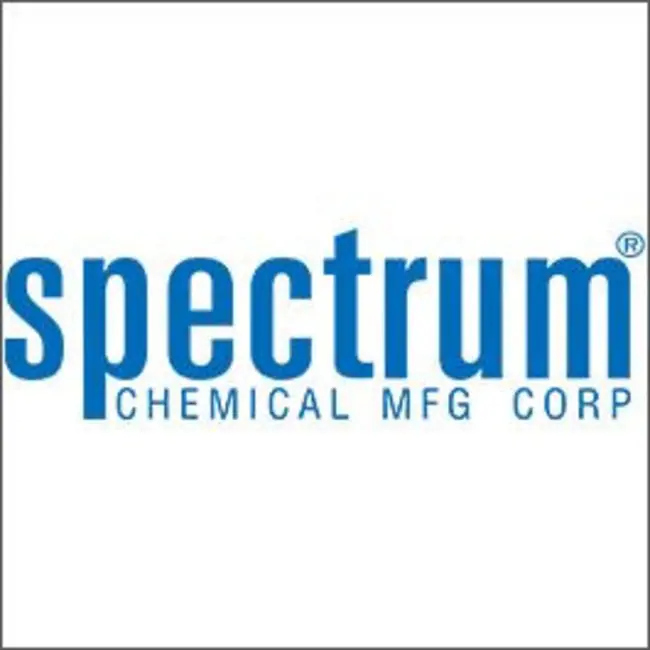Ambient
Showing 141051–141100 of 146505 results
-

Tozasertib
$72.45 Add to cart View Product DetailsMolecular Formula : C23 H28 N8 O S
-

Tozasertib, NeuroPure
$102.56 Add to cart View Product DetailsTozasertib, NeuroPure
-

Tozasertib, NeuroPure
$192.98 Add to cart View Product DetailsTozasertib, NeuroPure
-
TP-0903
$62.10 Add to cart View Product DetailsMolecular Formula : C24H30ClN7O2S
-
TP-0903
$116.44 Add to cart View Product DetailsMolecular Formula : C24H30ClN7O2S
-

TPBi
$56.06 Add to cart View Product DetailsMolecular Formula : C45H30N6
-

TPBi
$100.05 Add to cart View Product DetailsMolecular Formula : C45H30N6
-

TPBi
$198.38 Add to cart View Product DetailsMolecular Formula : C45H30N6
-

TPCA-1
$61.24 Add to cart View Product DetailsMolecular Formula : C12 H10 F N3 O2 S
-

TPCA-1
$82.80 Add to cart View Product DetailsMolecular Formula : C12 H10 F N3 O2 S
-

TPCA-1
$135.41 Add to cart View Product DetailsMolecular Formula : C12 H10 F N3 O2 S
-
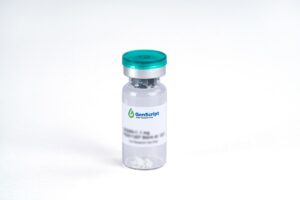
TPO, His, Human
$2,596.13 Add to cart View Product DetailsThrombopoietin (TPO) is a glycoprotein hormone which belongs to the EPO/TPO family. It produced by the liver and kidney which regulates the production of platelets. TPO stimulates the production and differentiation of megakaryocytes, the bone marrow cells that bud off large numbers of platelets. Lineage-specific cytokine affects the proliferation and maturation of megakaryocytes from their committed progenitor cells. It acts at a late stage of megakaryocyte development. It may be the major physiological regulator of circulating platelets.
-
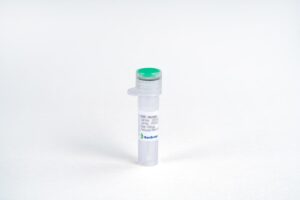
TPO, His, Human
$194.06 Add to cart View Product DetailsThrombopoietin (TPO) is a glycoprotein hormone which belongs to the EPO/TPO family. It produced by the liver and kidney which regulates the production of platelets. TPO stimulates the production and differentiation of megakaryocytes, the bone marrow cells that bud off large numbers of platelets. Lineage-specific cytokine affects the proliferation and maturation of megakaryocytes from their committed progenitor cells. It acts at a late stage of megakaryocyte development. It may be the major physiological regulator of circulating platelets.
-

TPO, His, Human
$543.38 Add to cart View Product DetailsThrombopoietin (TPO) is a glycoprotein hormone which belongs to the EPO/TPO family. It produced by the liver and kidney which regulates the production of platelets. TPO stimulates the production and differentiation of megakaryocytes, the bone marrow cells that bud off large numbers of platelets. Lineage-specific cytokine affects the proliferation and maturation of megakaryocytes from their committed progenitor cells. It acts at a late stage of megakaryocyte development. It may be the major physiological regulator of circulating platelets.
-

TPO, His, Human
$1,863.00 Add to cart View Product DetailsThrombopoietin (TPO) is a glycoprotein hormone which belongs to the EPO/TPO family. It produced by the liver and kidney which regulates the production of platelets. TPO stimulates the production and differentiation of megakaryocytes, the bone marrow cells that bud off large numbers of platelets. Lineage-specific cytokine affects the proliferation and maturation of megakaryocytes from their committed progenitor cells. It acts at a late stage of megakaryocyte development. It may be the major physiological regulator of circulating platelets.
-

TPO, Mouse
$1,651.69 Add to cart View Product DetailsThrombopoietin (TPO), also known as C-mpl ligand, MGDF and Thpo, is a glycoprotein hormone belonging to the EPO/TPO family. It is expressed mainly in the liver, kidney and skeletal muscle. TPO binds and signals through MLP/C_MPL receptor. It stimulates the proliferation and maturation of megakaryocytes from their committed progenitor cells, and it regulates the production and circulation of platelets. TPO has also been reported to promote the apoptosis of hypoxia-sensitized neurons and to inhibit neuronal differentiation.
-

TPO, Mouse
$86.25 Add to cart View Product DetailsThrombopoietin (TPO), also known as C-mpl ligand, MGDF and Thpo, is a glycoprotein hormone belonging to the EPO/TPO family. It is expressed mainly in the liver, kidney and skeletal muscle. TPO binds and signals through MLP/C_MPL receptor. It stimulates the proliferation and maturation of megakaryocytes from their committed progenitor cells, and it regulates the production and circulation of platelets. TPO has also been reported to promote the apoptosis of hypoxia-sensitized neurons and to inhibit neuronal differentiation.
-

TPO, Mouse
$224.25 Add to cart View Product DetailsThrombopoietin (TPO), also known as C-mpl ligand, MGDF and Thpo, is a glycoprotein hormone belonging to the EPO/TPO family. It is expressed mainly in the liver, kidney and skeletal muscle. TPO binds and signals through MLP/C_MPL receptor. It stimulates the proliferation and maturation of megakaryocytes from their committed progenitor cells, and it regulates the production and circulation of platelets. TPO has also been reported to promote the apoptosis of hypoxia-sensitized neurons and to inhibit neuronal differentiation.
-
Trabectedin
$1,148.85 Add to cart View Product DetailsMolecular Formula : C39H43N3O11S
-
Trabectedin
$2,100.19 Add to cart View Product DetailsMolecular Formula : C39H43N3O11S
-
Trabectedin
$4,058.93 Add to cart View Product DetailsMolecular Formula : C39H43N3O11S
-

Trace Metals in Water in HNO3
$445.60 Add to cart View Product DetailsTrace Metals in Water in HNO3
-

Trace Metals in Water in HNO3
$1,070.97 Add to cart View Product DetailsTrace Metals in Water in HNO3
-

Trace Minerals for an Ultra Clean Environment
$158.40 Add to cart View Product DetailsTrace Minerals For An Ultra Clean Environment
-

Trace Minerals for an Ultra Clean Environment
$175.73 Add to cart View Product DetailsTrace Minerals For An Ultra Clean Environment
-
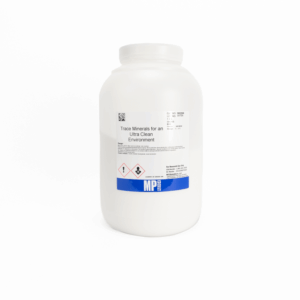
Trace Minerals for an Ultra Clean Environment
$318.07 Add to cart View Product DetailsTrace Minerals For An Ultra Clean Environment
-

Tracheloside
$154.39 Add to cart View Product DetailsMolecular Formula : C27 H34 O12
-

Traesolide
$131.96 Add to cart View Product DetailsMolecular Formula : C18 H26 O
-

Traesolide
$213.04 Add to cart View Product DetailsMolecular Formula : C18 H26 O
-

Traesolide
$391.58 Add to cart View Product DetailsMolecular Formula : C18 H26 O
-

Tragacanth gum
$78.13 Add to cart View Product DetailsTragacanth Gum
-

Tragacanth gum
$258.03 Add to cart View Product DetailsTragacanth Gum
-

Tragacanth gum
$516.45 Add to cart View Product DetailsTragacanth Gum
-
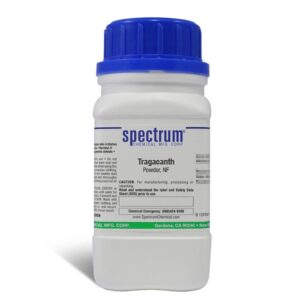
Tragacanth, Powder, NF
$102.14 Add to cart View Product DetailsTragacanth, Powder, NF
-
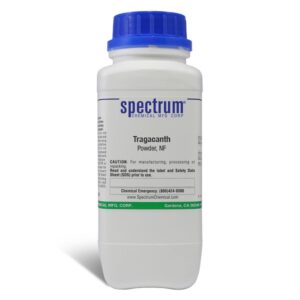
Tragacanth, Powder, NF
$333.81 Add to cart View Product DetailsTragacanth, Powder, NF
-
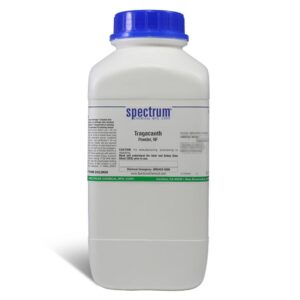
Tragacanth, Powder, NF
$1,041.38 Add to cart View Product DetailsTragacanth, Powder, NF
-
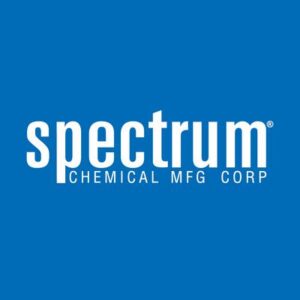
Tragacanth, Powder, NF
$3,632.68 Add to cart View Product DetailsTragacanth, Powder, NF
-
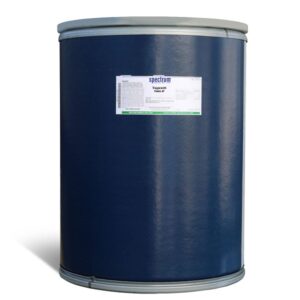
Tragacanth, Powder, NF
$7,774.09 Add to cart View Product DetailsTragacanth, Powder, NF
-
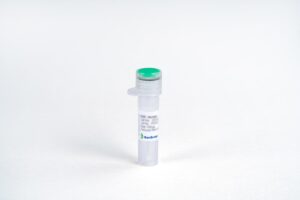
TRAIL, Mouse
$664.13 Add to cart View Product DetailsTNF-related apoptosis-inducing ligand (TRAIL), also known as Tumor Necrosis Factor Super-Family 10 (TNFSF10) or apoptosis 2 ligand (Apo2L), is a pleiotropic cytokine thatbelongs to the TNF superfamily. Full length TRAIL expressed in vivo is a type II transmembrane protein, although the soluble form also exists and functions. TRAIL has four major receptors: two death receptors DR4 and DR5, and two decoy receptors DcR1 and DcR2. TRAIL binds to the death receptors which recruits the FAS-associated death domain and activates caspases 8 and 10 which eventually leads to apoptosis. Because of its antitumor potential, TRAIL is activelystudied as a therapeutic agent. On the other hand, abnormal expression of TRAIL in small arteries can induce the proliferation of smooth muscle cells, thereby increasing vascular remodeling and pulmonary arterial hypertension.
-

TRAIL, Mouse
$43.13 Add to cart View Product DetailsTNF-related apoptosis-inducing ligand (TRAIL), also known as Tumor Necrosis Factor Super-Family 10 (TNFSF10) or apoptosis 2 ligand (Apo2L), is a pleiotropic cytokine thatbelongs to the TNF superfamily. Full length TRAIL expressed in vivo is a type II transmembrane protein, although the soluble form also exists and functions. TRAIL has four major receptors: two death receptors DR4 and DR5, and two decoy receptors DcR1 and DcR2. TRAIL binds to the death receptors which recruits the FAS-associated death domain and activates caspases 8 and 10 which eventually leads to apoptosis. Because of its antitumor potential, TRAIL is activelystudied as a therapeutic agent. On the other hand, abnormal expression of TRAIL in small arteries can induce the proliferation of smooth muscle cells, thereby increasing vascular remodeling and pulmonary arterial hypertension.
-

TRAIL, Mouse
$90.56 Add to cart View Product DetailsTNF-related apoptosis-inducing ligand (TRAIL), also known as Tumor Necrosis Factor Super-Family 10 (TNFSF10) or apoptosis 2 ligand (Apo2L), is a pleiotropic cytokine thatbelongs to the TNF superfamily. Full length TRAIL expressed in vivo is a type II transmembrane protein, although the soluble form also exists and functions. TRAIL has four major receptors: two death receptors DR4 and DR5, and two decoy receptors DcR1 and DcR2. TRAIL binds to the death receptors which recruits the FAS-associated death domain and activates caspases 8 and 10 which eventually leads to apoptosis. Because of its antitumor potential, TRAIL is activelystudied as a therapeutic agent. On the other hand, abnormal expression of TRAIL in small arteries can induce the proliferation of smooth muscle cells, thereby increasing vascular remodeling and pulmonary arterial hypertension.
-

TRAIL/Apo2L, Human
$552.00 Add to cart View Product DetailsTRAIL/Apo2L, also known as Tumor Necrosis Factor Super-Family 10 (TNFSF10), is a pleiotropic cytokine thatbelongs to the TNF superfamily. The full length TRAIL expressed in vivo is a Type II transmembrane protein, although the soluble form also exists and functions. TRAIL has four major receptors: two death receptors DR4 and DR5, two decoy receptors DcR1 and DcR2. TRAIL binds to the death receptors, recruits the FAS-associated death domain, activates caspases 8 and 10, and eventually leads to apoptosis. Because of its antitumor potential, TRAIL is actively studied as a therapeutic agent. On the other hand, abnormal expression of TRAIL in small arteries can induce the proliferation of smooth muscle cells, resulting in increasing vascular remodeling and pulmonary arterial hypertension.
-

TRAIL/Apo2L, Human
$43.13 Add to cart View Product DetailsTRAIL/Apo2L, also known as Tumor Necrosis Factor Super-Family 10 (TNFSF10), is a pleiotropic cytokine thatbelongs to the TNF superfamily. The full length TRAIL expressed in vivo is a Type II transmembrane protein, although the soluble form also exists and functions. TRAIL has four major receptors: two death receptors DR4 and DR5, two decoy receptors DcR1 and DcR2. TRAIL binds to the death receptors, recruits the FAS-associated death domain, activates caspases 8 and 10, and eventually leads to apoptosis. Because of its antitumor potential, TRAIL is actively studied as a therapeutic agent. On the other hand, abnormal expression of TRAIL in small arteries can induce the proliferation of smooth muscle cells, resulting in increasing vascular remodeling and pulmonary arterial hypertension.
-

TRAIL/Apo2L, Human
$86.25 Add to cart View Product DetailsTRAIL/Apo2L, also known as Tumor Necrosis Factor Super-Family 10 (TNFSF10), is a pleiotropic cytokine thatbelongs to the TNF superfamily. The full length TRAIL expressed in vivo is a Type II transmembrane protein, although the soluble form also exists and functions. TRAIL has four major receptors: two death receptors DR4 and DR5, two decoy receptors DcR1 and DcR2. TRAIL binds to the death receptors, recruits the FAS-associated death domain, activates caspases 8 and 10, and eventually leads to apoptosis. Because of its antitumor potential, TRAIL is actively studied as a therapeutic agent. On the other hand, abnormal expression of TRAIL in small arteries can induce the proliferation of smooth muscle cells, resulting in increasing vascular remodeling and pulmonary arterial hypertension.
-
Tralkoxidym
$63.83 Add to cart View Product DetailsMolecular Formula : C20 H27 N O3
-
Tralkoxidym
$96.60 Add to cart View Product DetailsMolecular Formula : C20 H27 N O3
-

TRAM 34, NeuroPure
$142.01 Add to cart View Product DetailsTRAM 34, NeuroPure
-

TRAM 34, NeuroPure
$560.23 Add to cart View Product DetailsTRAM 34, NeuroPure
-
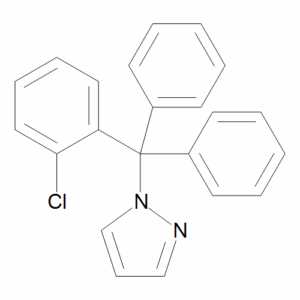
TRAM-34
$198.38 Add to cart View Product DetailsMolecular Formula : C22 H17 Cl N2
-

Tramadol Hydrochloride
$129.38 Add to cart View Product DetailsMolecular Formula : C16 H25 N O2 . Cl H



